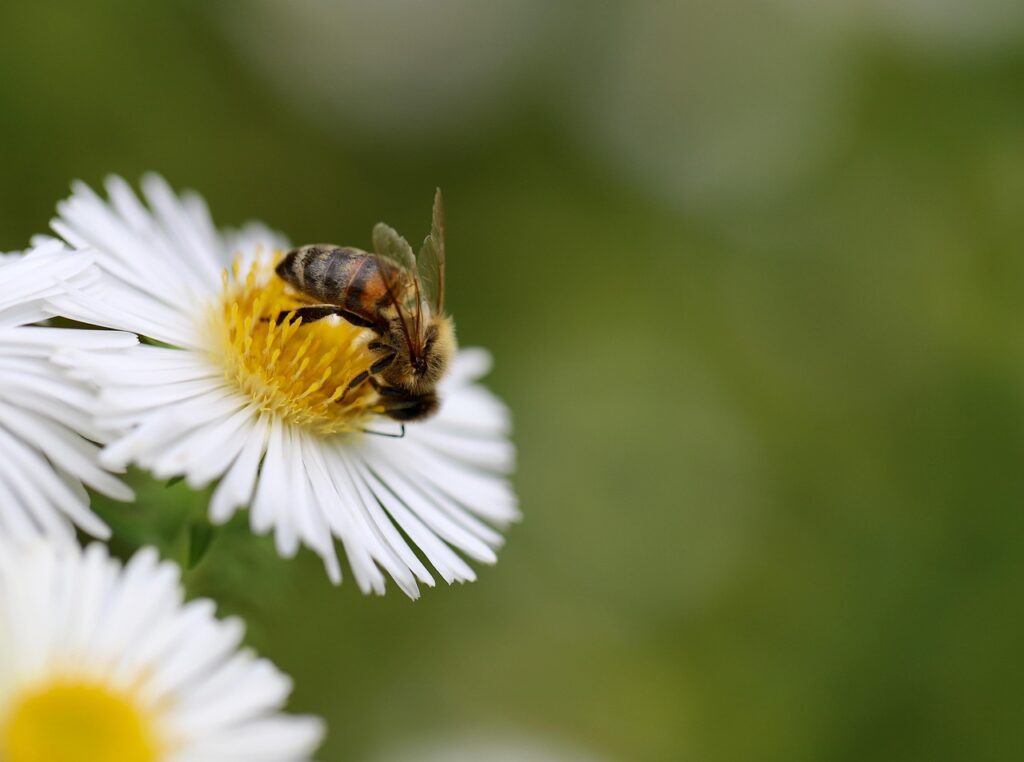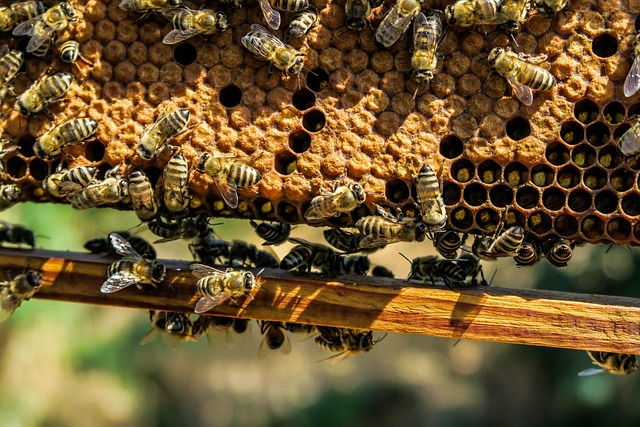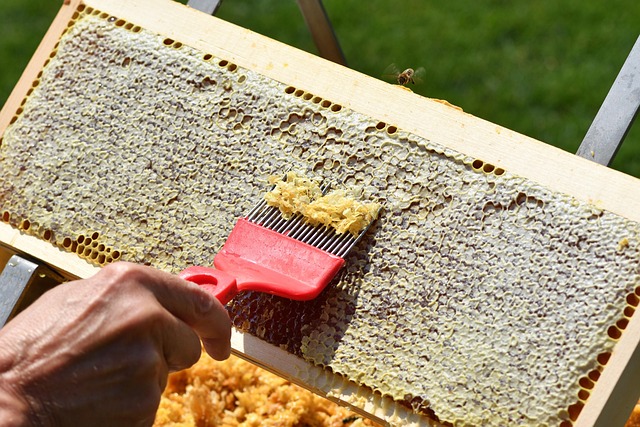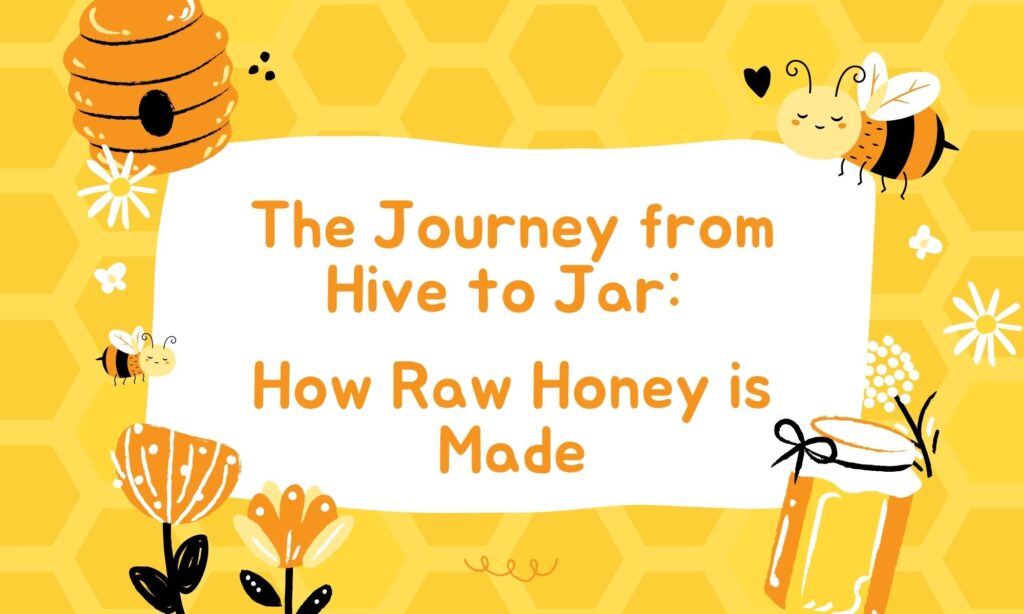When you drizzle a spoonful of raw honey into your tea or onto warm toast, have you ever wondered how it got to your kitchen in the first place? The path from the hive to the jar is a remarkable natural process filled with hard work – by both bees and beekeepers. In this article, we’ll take a deep dive into how raw honey is produced, harvested, and delivered to you in its purest form.
Step 1: The Bees Get to Work

The journey begins with flowers. Honeybees collect nectar using their long, tube-shaped tongues and store it in their “honey stomachs.” Once full, they return to the hive where the nectar is passed from one bee to another, gradually reducing its moisture content and breaking it down into simple sugars.
Each bee plays a unique role – from foraging and converting nectar to maintaining the hive’s temperature for proper honey formation. This teamwork results in a dense, nutrient-rich substance we know as raw honey.
Step 2: Building the Honeycomb

Bees use wax from their glands to build hexagonal honeycomb cells. These are perfect structures – efficient, space-saving, and ideal for storing honey. Once the honey is deposited and its moisture content drops to about 17–18%, bees seal the cells with wax. This capping preserves the honey naturally.
The honeycomb not only stores honey but also holds pollen and helps maintain the hive’s structure. It’s the bees’ pantry, nursery, and energy bank all in one.
Step 3: Harvesting the Honey

Beekeepers usually harvest honey at the end of a flowering season. They carefully remove frames from the hive, gently brushing off bees. The wax caps on honey-filled combs are cut off, a process called “uncapping.”
This is a crucial stage for ensuring the honey stays raw. Ethical beekeepers ensure they leave enough honey behind for bees to survive the seasons – maintaining a healthy balance between nature and production.
Step 4: Extracting the Raw Honey
Once uncapped, the frames are placed into an extractor – a machine that spins to draw honey out of the comb using centrifugal force. This is done without applying heat, preserving the beneficial enzymes, antioxidants, and pollen that give raw honey its nutritional value.
The honey flows through a basic strainer to remove any large debris like wax bits, but it’s never finely filtered – keeping it raw and unprocessed.
Step 5: Bottling Without Processing
Raw honey is simply poured into jars – no pasteurization, no ultra-filtration, no additives. It’s stored in food-grade glass or plastic containers and sealed tight to keep moisture and air out. Unlike commercial honey, nothing is removed or added.
This minimal intervention is what makes raw honey special. Each jar contains the same enzymes, trace minerals, antioxidants, and bee pollen as it did in the hive.
Benefits of Hive-to-Jar Integrity
- Preserves Nutrients: Raw honey retains vitamins, enzymes, and antioxidants.
- Maintains Purity: No exposure to high heat or artificial filtering.
- Supports Local Ecosystems: Ethical beekeeping promotes pollinator health.
- Traceability: You often know exactly where your honey came from.
By understanding this journey, you can appreciate why raw honey is more than just a sweetener – it’s a complete, natural superfood.
FAQs: Raw Honey Production
- How long does it take to make raw honey? It can take weeks, depending on flower availability and weather conditions.
- Do bees die during honey harvesting? No, ethical harvesting avoids harming bees.
- Why is raw honey not filtered or pasteurized? To retain its full nutritional and medicinal value.
- Is raw honey safe straight from the hive? Yes, though it’s usually strained lightly for debris.
- How do beekeepers know when honey is ready? When cells are capped with wax, honey is considered mature.
- Is all raw honey organic? Not necessarily. Organic honey requires certified conditions.
- Can honey be harvested all year round? No, it depends on seasons and nectar flow.
- Does the type of flower affect the honey? Yes, it changes taste, color, and crystallization rate.
- How is honey extracted without heat? Using a manual or electric centrifugal extractor.
- Can I visit a honey farm to see the process? Many local apiaries offer tours and educational workshops.

